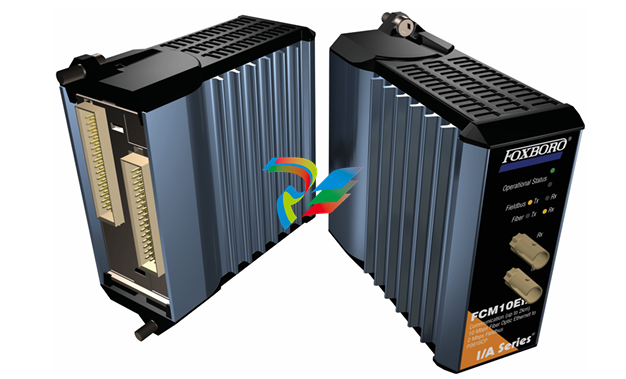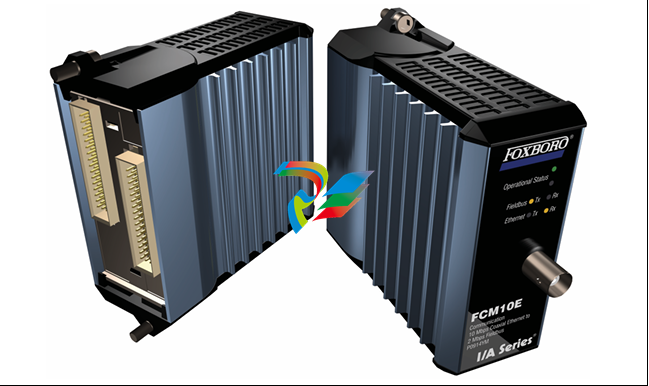
DCS; Industrial control system
Product
Article
NameDescriptionContent
NEW CENTER
Current Location:
From Automation to Autonomy: The Evolutionary Path of Automated Equipment
From:
|
Author:huang
|
Time :2024-11-12
|
215 Browse:
|
Share:
自动化设备已成为各行业的革命性力量。早期,自动化设备从手动流程中迈出了重要一步。随着工业发展,提高生产力和减少人为错误的需求推动了自动化设备的探索和实施。自动化设备从简单的机械设备演变为集成先进技术的复杂系统,如今在制造业、医疗、交通等领域发挥着关键作用。技术的进步,如人工智能和机器学习,推动了从基本自动化到增强自主性的转变,使设备能够从数据中学习、适应变化并自主决策。行业需求也促进了这一演变,企业寻求提高效率、降低成本和改善质量。未来,自动化设备有望进一步发展,但也面临技术可靠性、就业影响和监管挑战。
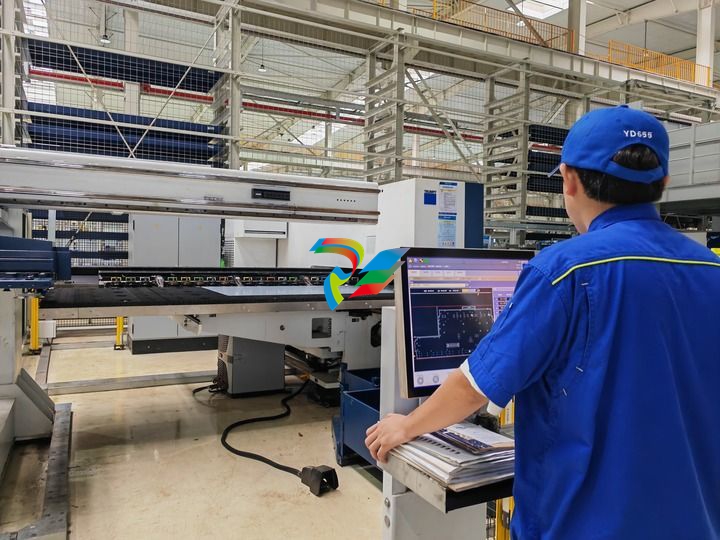
Automated equipment has emerged as a revolutionary force in various industries. In its early days, automated equipment was a significant leap forward from manual processes.
Automation equipment, as defined by some, can refer to devices that are used to bring about automation. For instance, Automation equipment could include robots that are designed to perform tasks with precision and efficiency. On the other hand, Automated equipment is that which has already been made automated, often with the addition of a computer control unit and can be operated through an interface. An example of this is a numerical control machine.
In the early stages of industrial development, the need for increased productivity and reduced human error led to the exploration and implementation of automated equipment. These early manifestations laid the foundation for the evolution that we see today. As industries began to grow and demand for higher quality products increased, the importance of automated equipment became more evident.
The concept of automated equipment has continuously evolved over time. From simple mechanical devices to complex systems integrated with advanced technologies, automated equipment has come a long way. Today, it plays a crucial role in manufacturing, healthcare, transportation, and many other sectors. With the ability to perform repetitive tasks accurately and efficiently, automated equipment has not only improved productivity but also enhanced the quality of products and services.
II. The Progression from Automation to Autonomy
(A) Gradual Changes in Technology
Over time, technology has witnessed significant advancements that have propelled the transition from basic automation to enhanced autonomy. In the realm of automated equipment, the early stages were characterized by the use of pre-programmed sequences and mechanical operations. For example, numerical control machines, as mentioned earlier, followed a set pattern of instructions to perform tasks. However, with the advent of more sophisticated technologies such as artificial intelligence and machine learning, there has been a shift towards greater autonomy.
These technologies enable automated equipment to learn from data, adapt to changing circumstances, and make decisions on their own. For instance, in manufacturing, robots equipped with AI can detect defects in products and adjust their processes accordingly. According to research, the use of AI in manufacturing has increased productivity by up to 30% and reduced defects by 20%.
Another aspect of technological evolution is the improvement in sensor technology. Sensors allow automated equipment to gather more accurate information about their environment, enabling them to respond more effectively. This has led to the development of autonomous vehicles, which can navigate through traffic and avoid obstacles without human intervention.
(B) Impact on Industries
The evolution from automation to autonomy has had a profound impact on various industries. In manufacturing, it has led to increased efficiency, reduced costs, and improved product quality. With autonomous robots and machines, production lines can run continuously with minimal human supervision, resulting in higher output. For example, in the automotive industry, autonomous assembly lines have reduced production time by up to 50%.
In healthcare, autonomous equipment such as robotic surgical systems has improved the precision and safety of surgeries. Surgeons can control these systems remotely, allowing for more complex procedures to be performed with greater accuracy. Additionally, autonomous diagnostic tools can analyze patient data and provide accurate diagnoses, reducing the risk of human error.
In transportation, autonomous vehicles have the potential to revolutionize the way we travel. They can reduce traffic congestion, improve safety, and increase fuel efficiency. According to estimates, autonomous vehicles could reduce traffic accidents by up to 90% and save billions of dollars in healthcare and insurance costs.
Overall, the progression from automation to autonomy is a significant development that is shaping the future of various industries. As technology continues to evolve, we can expect to see even more advanced forms of autonomous equipment that will further transform the way we live and work.
III. Key Factors Driving the Evolution
(A) Technological Advancements
Artificial intelligence (AI) and machine learning have been crucial in driving the evolution from automation to autonomy. AI enables automated equipment to analyze complex patterns and make decisions based on a vast amount of data. For example, in the field of industrial automation, AI-powered quality control systems can detect defects with a high degree of accuracy. According to industry reports, the implementation of AI-based quality control has reduced defect rates by up to 30% compared to traditional methods.
Machine learning algorithms allow automated equipment to learn from experience and improve their performance over time. This is particularly valuable in applications where the environment is dynamic and unpredictable. For instance, autonomous robots in warehouses can learn to navigate through different layouts and optimize their paths for maximum efficiency. Studies have shown that the use of machine learning in warehouse automation can increase productivity by up to 40%.













































.jpg)
.jpg)
.jpg)





.jpg)



.png)
.jpg)

.jpg)
_lVjBYb.jpg)

.jpg)
.jpg)



.jpg)
.jpg)







.jpg)

.jpg)
.jpg)






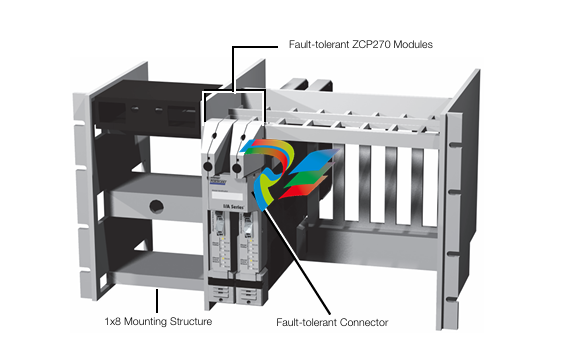

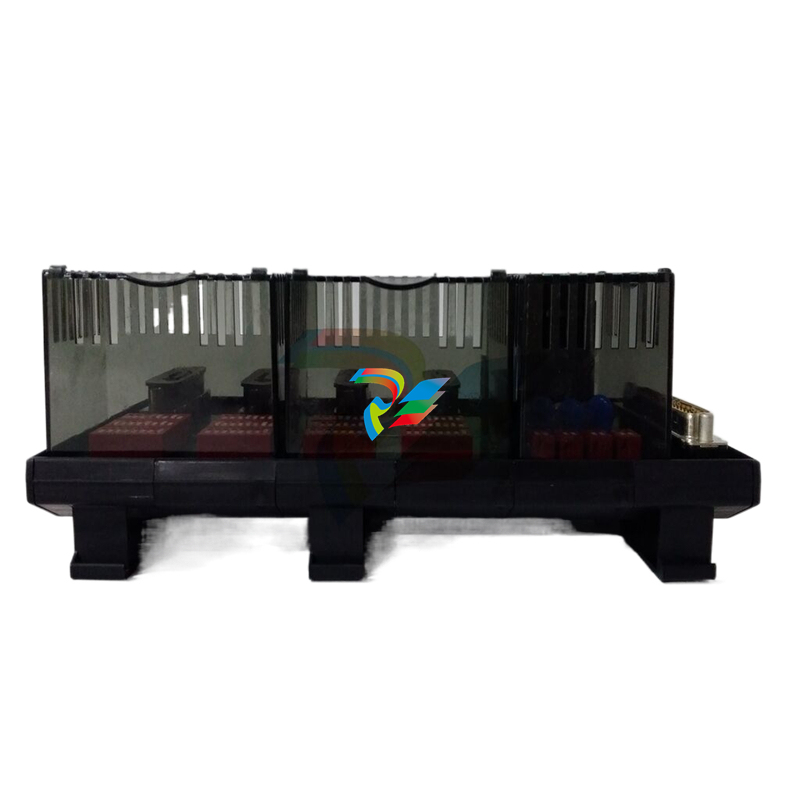
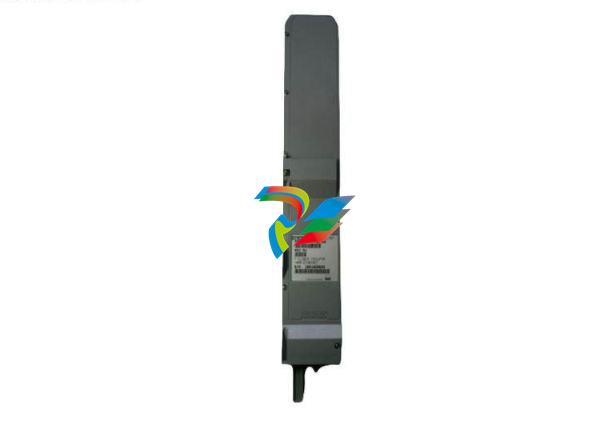
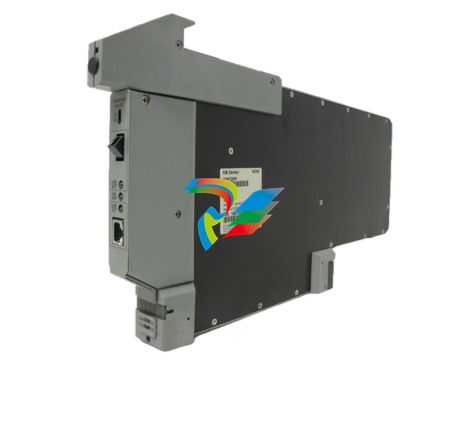
.jpg)
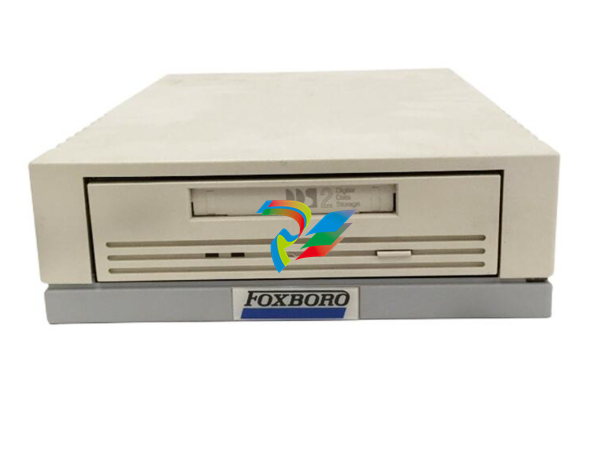



.jpg)
.jpg)
.jpg)
.jpg)
.jpg)
.jpg)
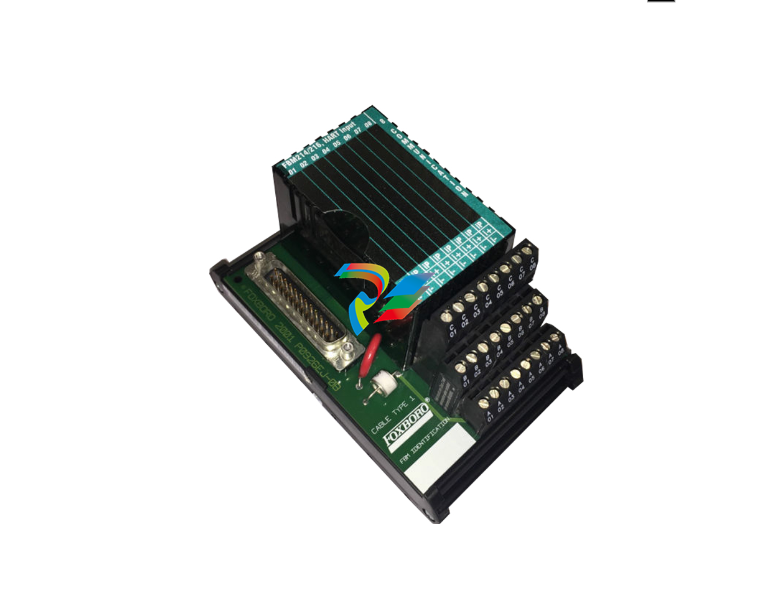
.jpg)
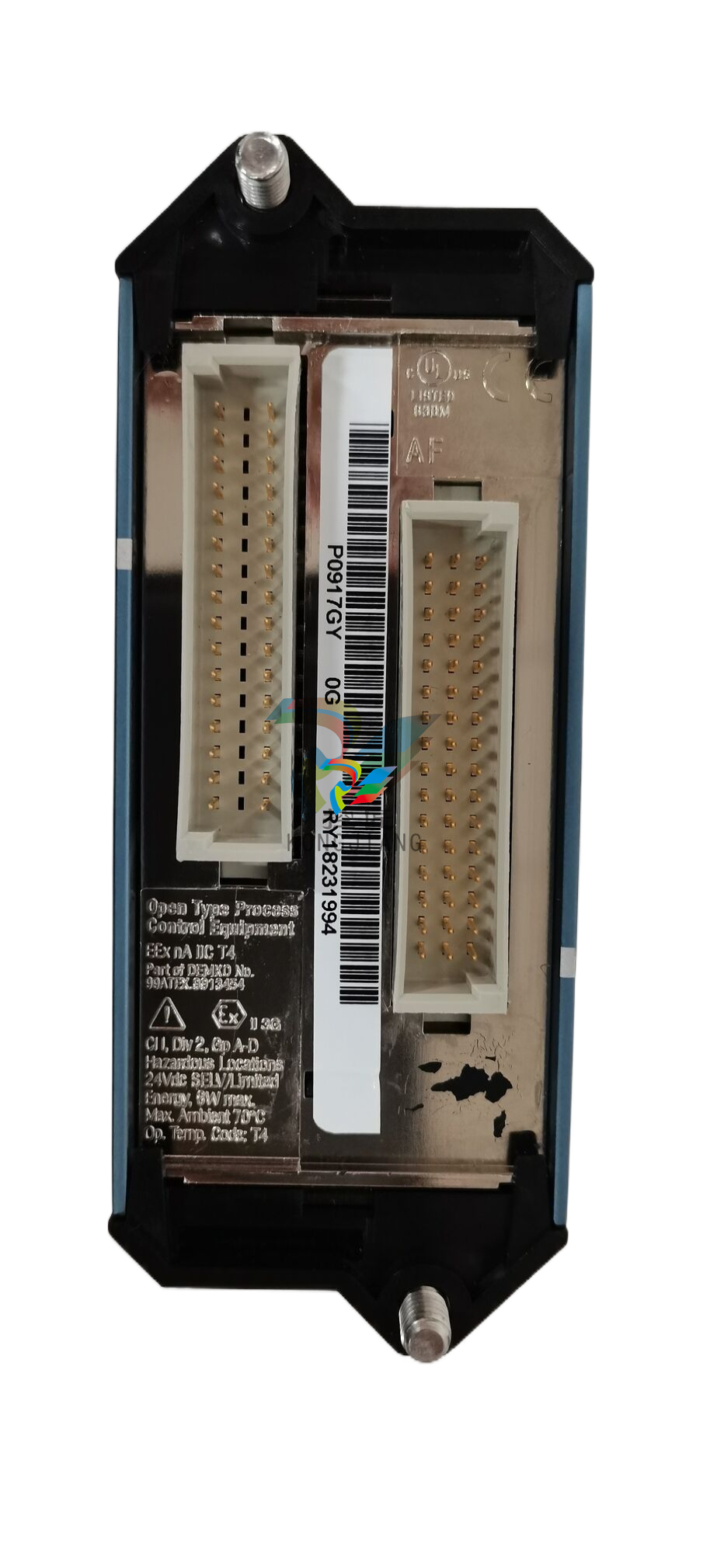
.jpg)
.jpg)
.jpg)
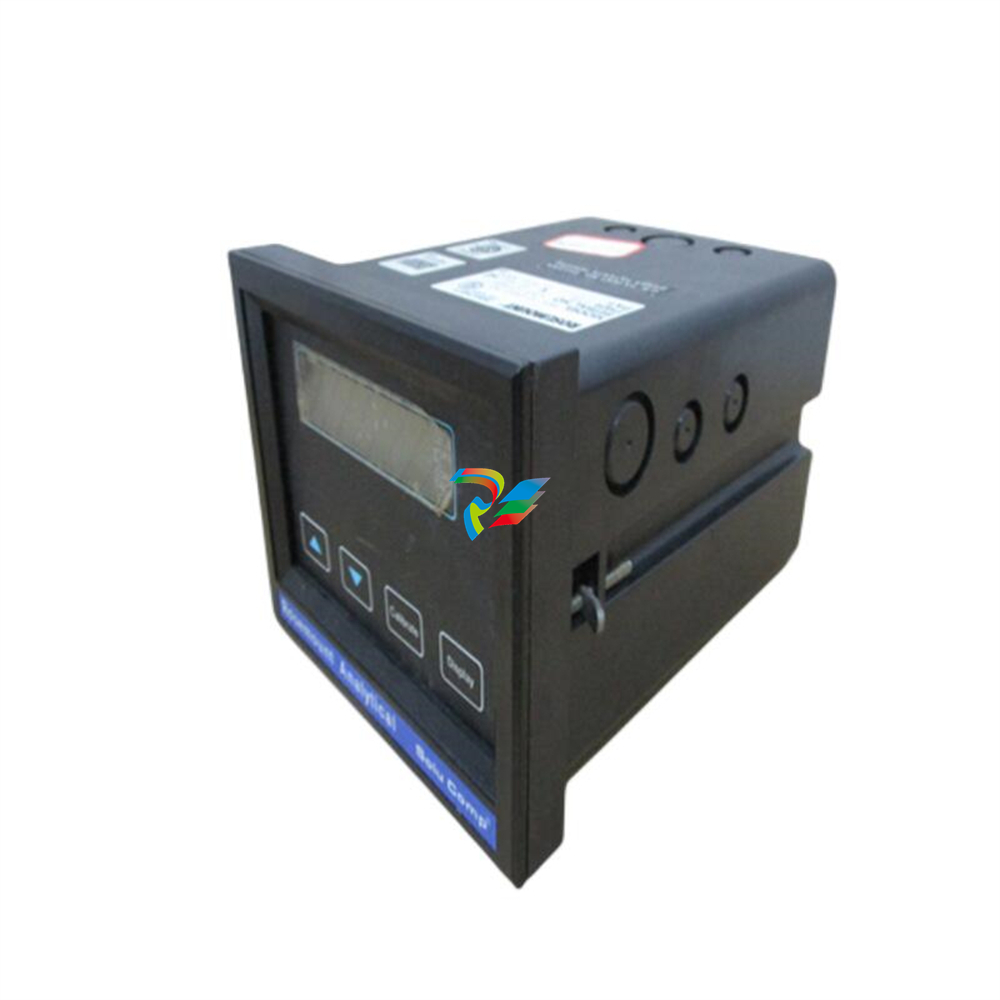
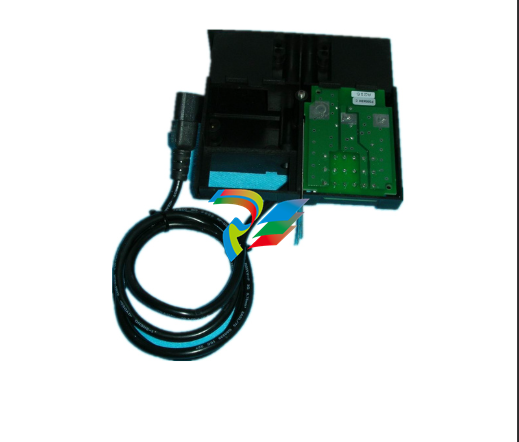
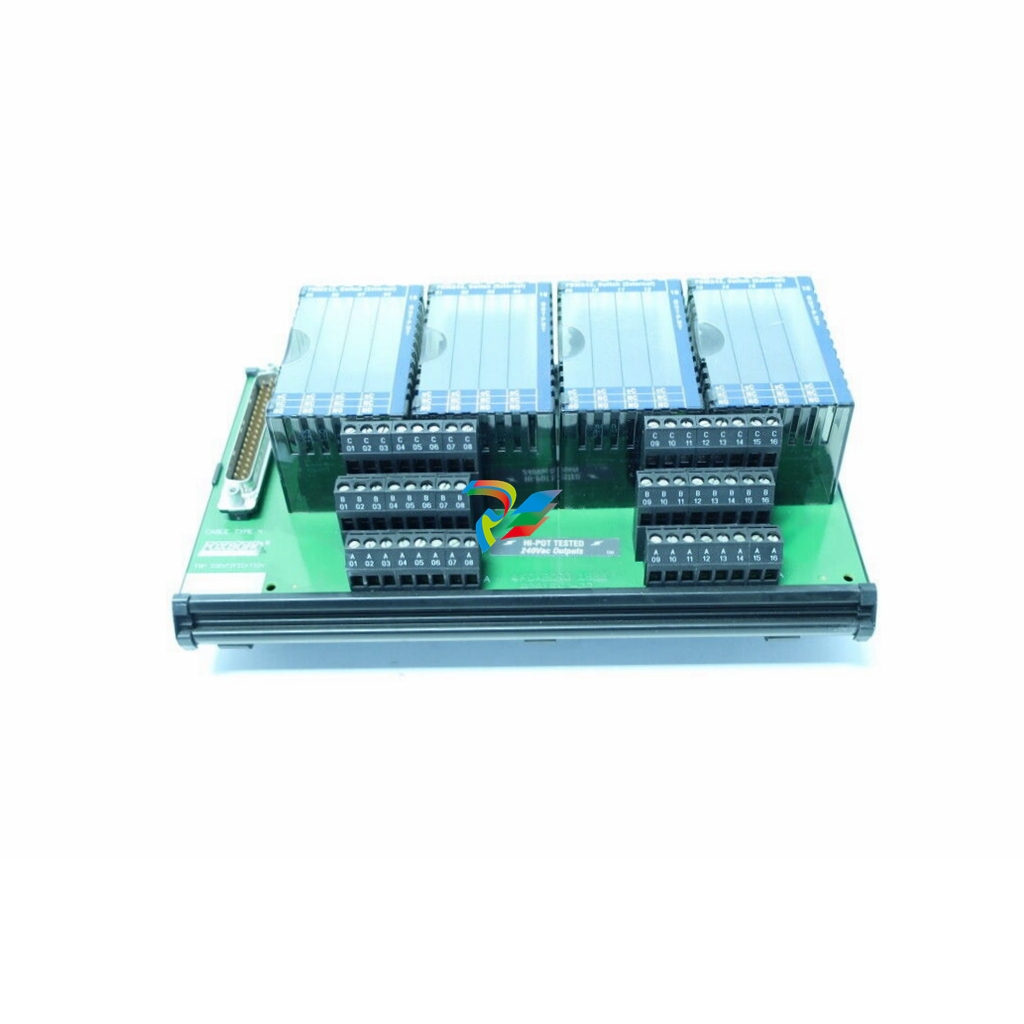
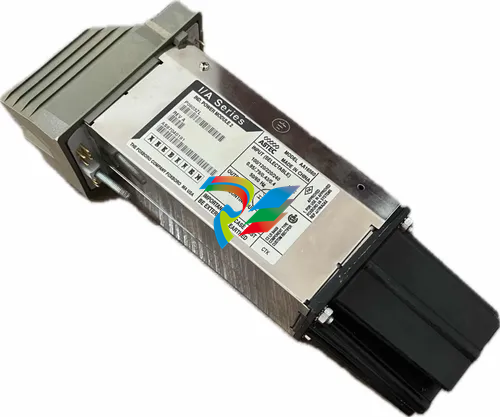

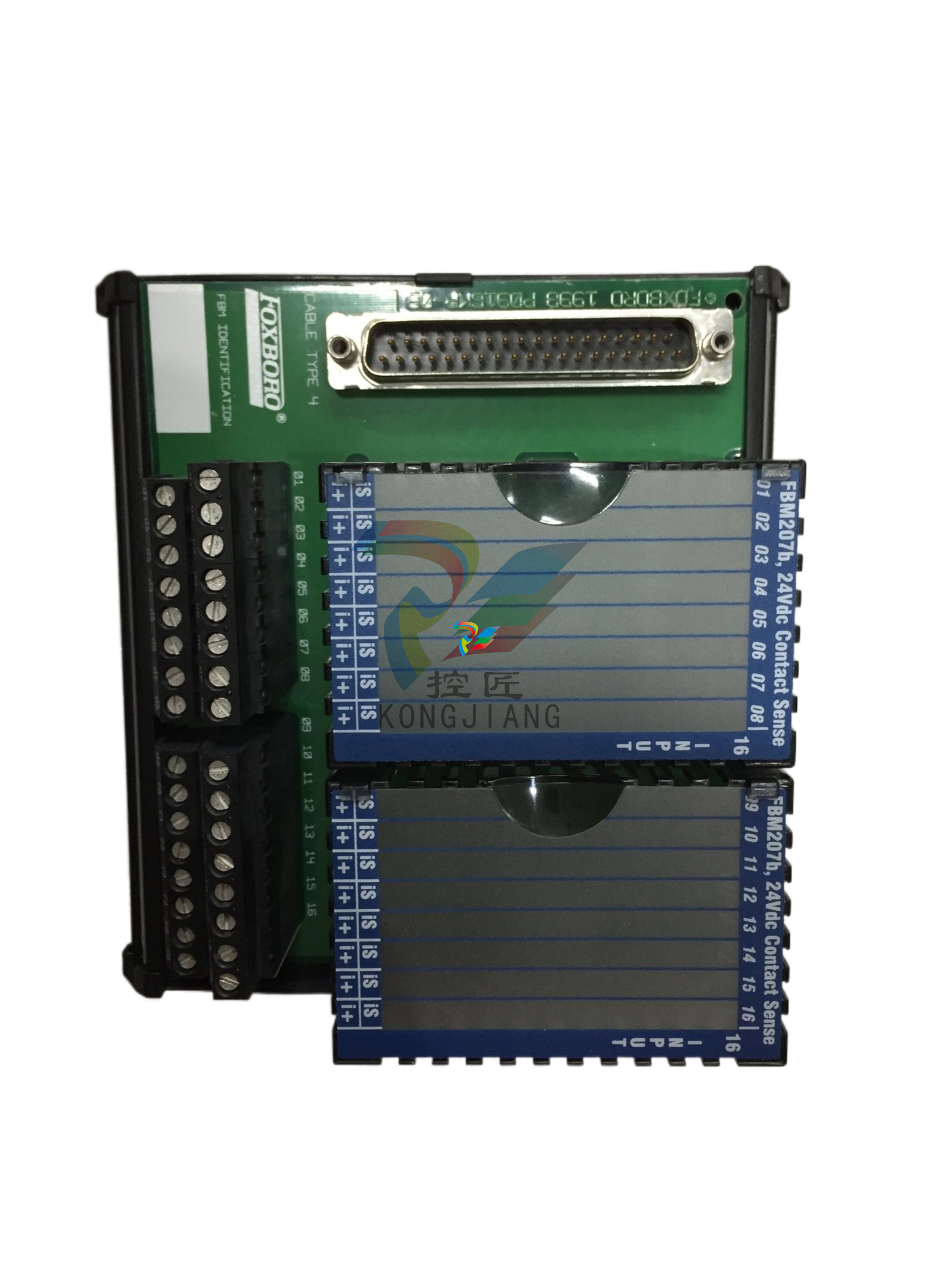
.jpg)

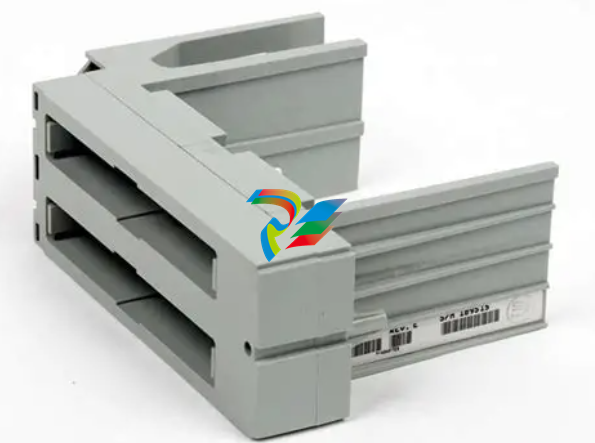
.jpg)


